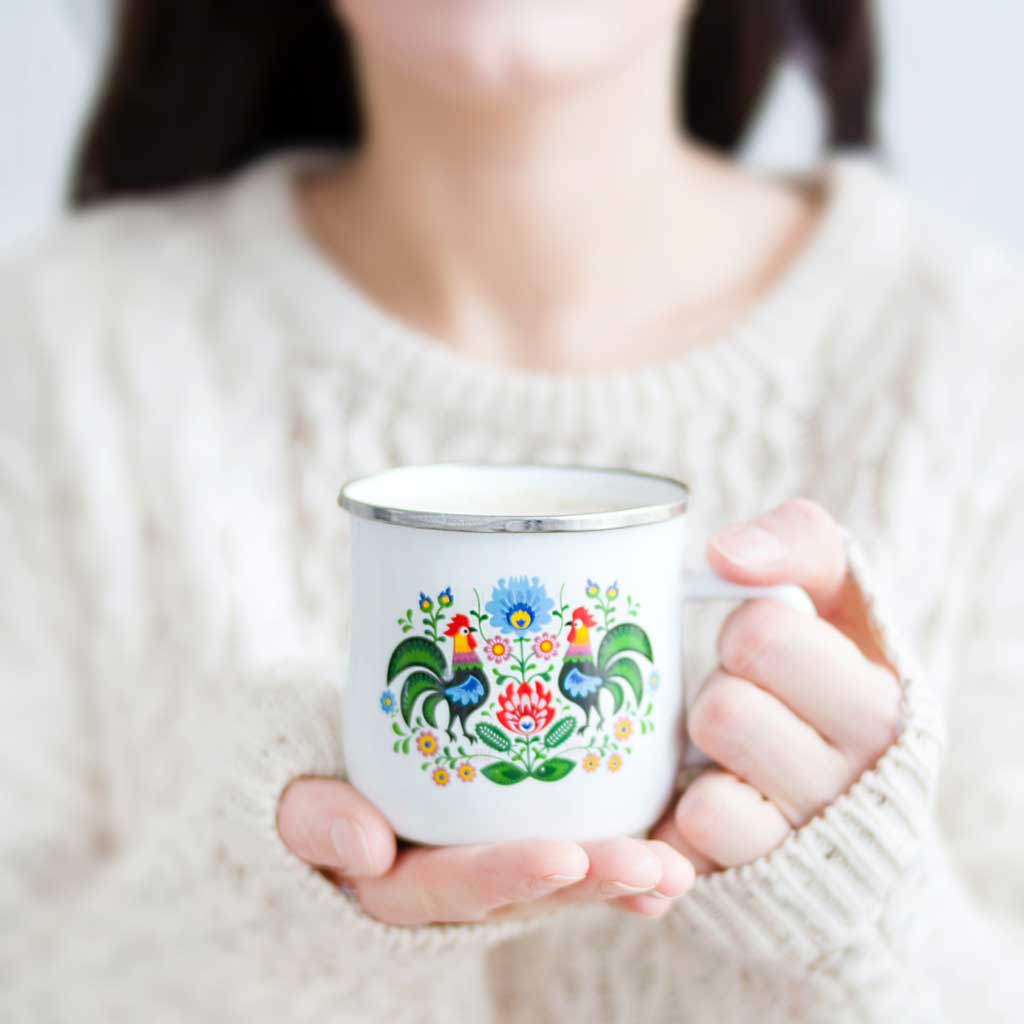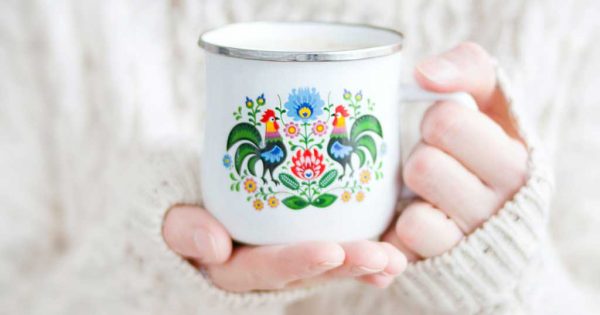How do you make perfect cup of tea?
Ever wanted to know how to how to make the perfect cup of tea? We’ve written about our love for tea on UK Mums TV before. It’s a subject close to our hearts!
And with the weather turning colder, we’re ditching the cocktails in favour of wrapping our hands around a steaming mug of tea.
But, to make sure every brew is as delicious and welcoming as the last, we have partnered with Oust and JING Tea, to bring you some expert tips, to make the perfect cup of tea.
But what is the perfect cup of tea?
This is the billion dollar question!
With approximately 100 million cups of tea drunk daily (which equates to almost 36 billion per year) tea is unquestionably the lifeblood of Britain – we British like nothing more than sitting down with a cuppa.
But what makes ‘the perfect cup of tea’ is debatable.
Some people love their builders brew. Others are more discerning and will only drink leaf tea from a china cup.
However you like your morning cuppa (or your afternoon tea), here is how to ensure you’re getting the best out of your tea.
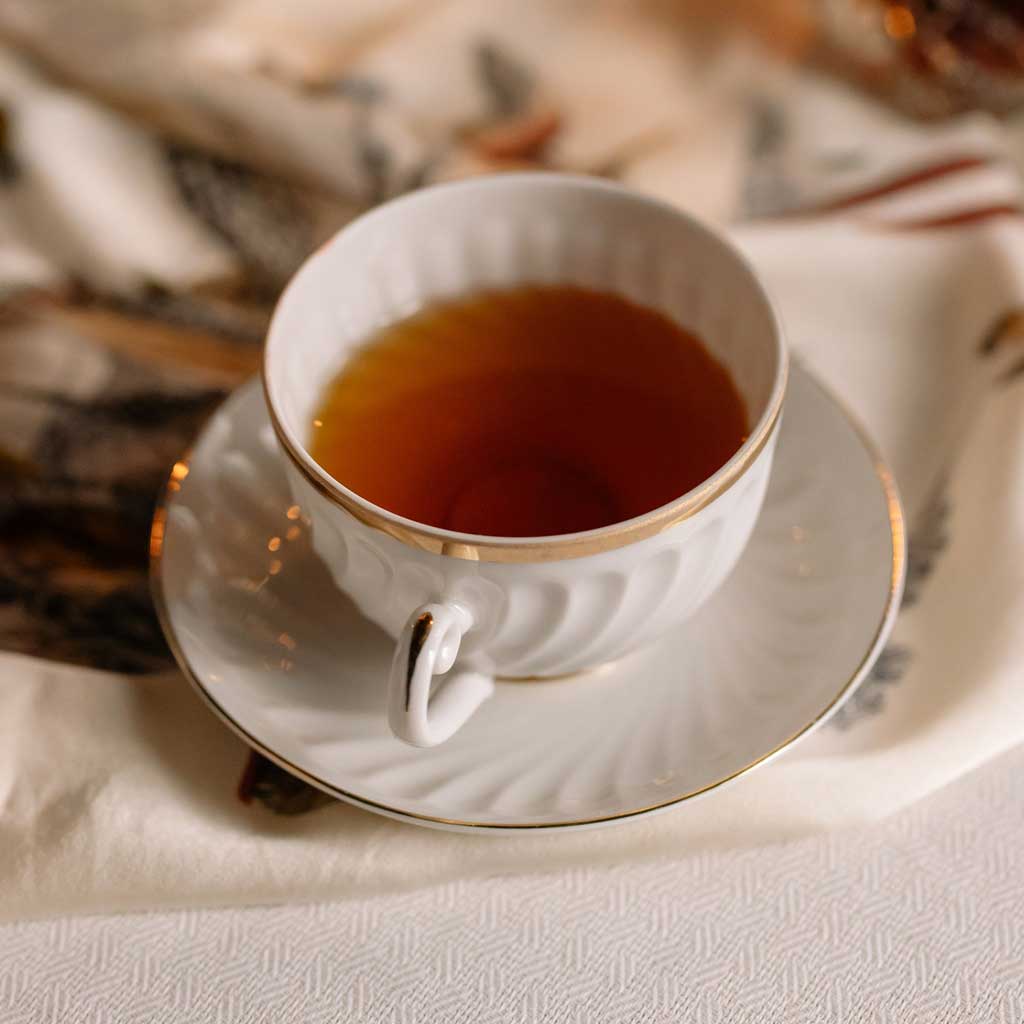
How to make the perfect cup of tea-step by step
1. Descale Your Kettle
The majority of tea is water, so it’s crucial to use the best quality possible.
Also there is nothing more off putting than flakey limescale floating on top of your brew!
Soft water with low mineral content brings out the best flavours.
However, hard water and limescale significantly impacts taste because of the higher concentration of minerals such as calcium and magnesium.
Did you know more than 60% of UK homes suffer from hard water which leads to limescale build-up in household appliances?
Additionally, the nation is expected to spend almost £26 million replacing broken appliances in the next five years; according to research by Oust.
Sadly, kettles, in particular, are the top household appliances that are affected by limescale; which might end up impacting the taste of your hot beverage.
So, we recommend filtered or softened water.
To get rid of the limescale in just 10 minutes, use Oust All Purpose Descaler.
Just put it in the appliance and let it do the hard work for you.
It’s recommended to descale every three to six months.
Using a descaler helps to improve the water quality and can extend the life of your appliance.
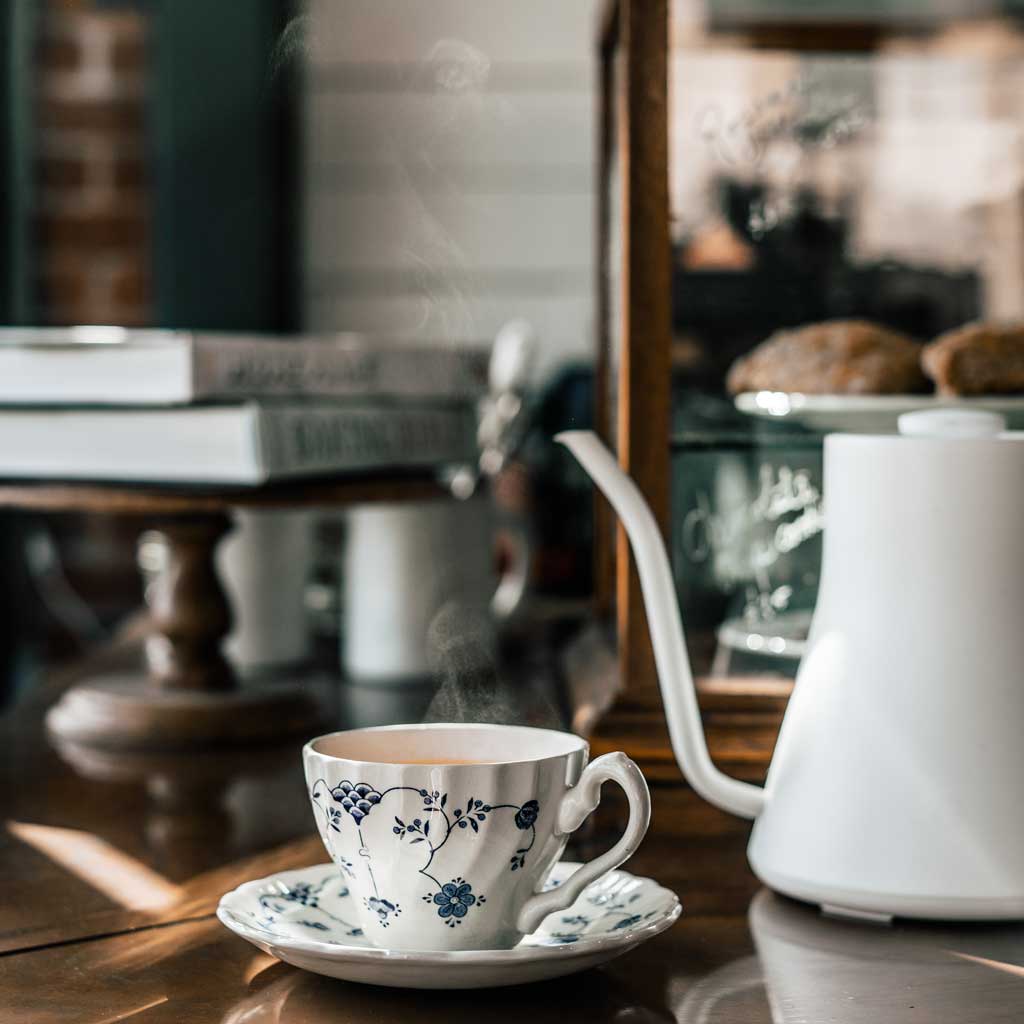
2. Use Loose Leaf
With the right teapot, it’s no more hassle than a teabag.
Plus there are lots of benefits; less waste, packaging, and processing.
Did you know 61 billion teabags are thrown away every year in the UK?
Switch to loose leaf to get more tea options.
With more space, the leaves can unfurl and release maximum flavour.
We recommend using Tea-iere – the teaware is easy to use, and you can watch as the leaves spread and the tea infuses because it’s glass.
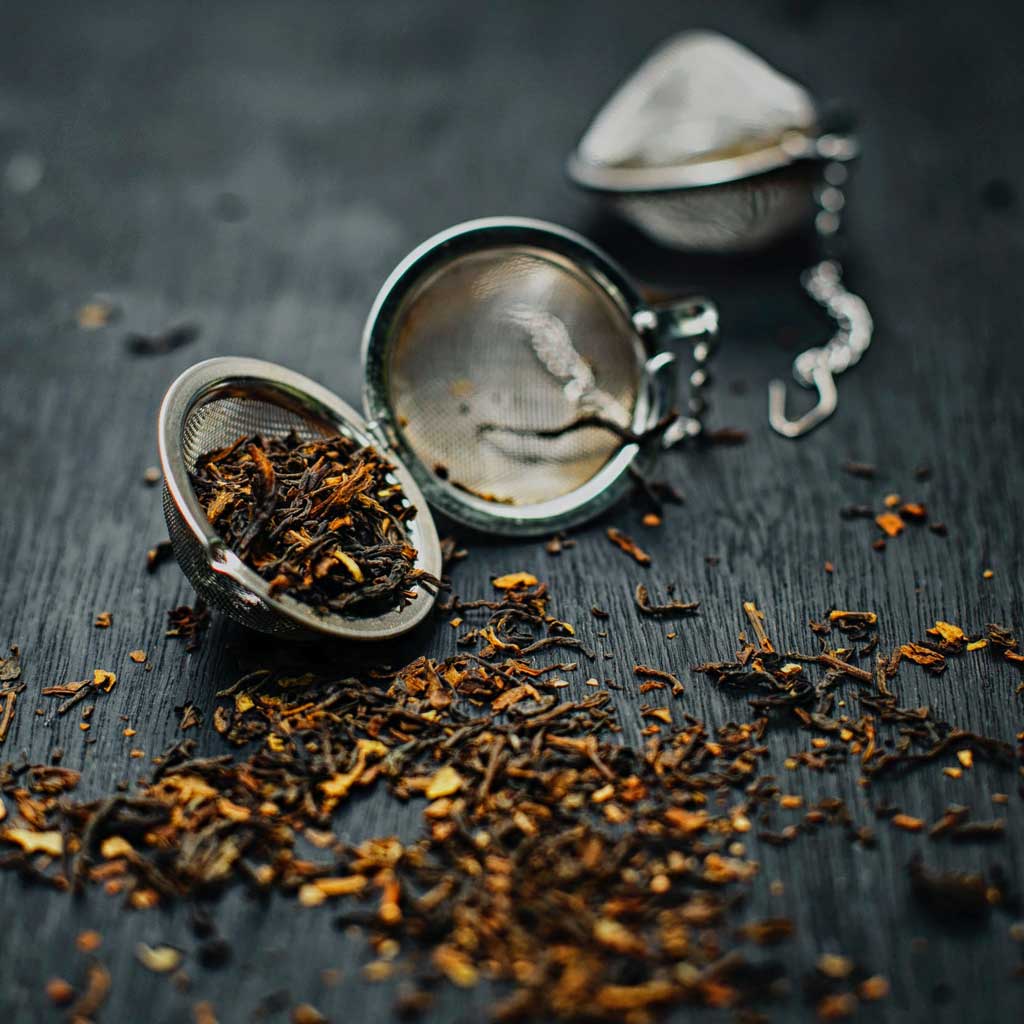
3. Choose Your Teaware
There are three main things to consider when it comes to choosing your teaware.
Firstly, choose teaware that has enough space for the tea leaves to unfurl and move around in the water for maximum flavour.
Watch out for strainers in teapots as often they are too small to allow this.
Secondly, it should be made from either glass or ceramic.
Unlike metal, it will not conduct heat away from the water and inhibit the infusion or taint the flavour.
Glass also allows you to appreciate the leaf as it dances around the pot – and to see the bright, alluring colours of the infusion.
Finally, the volume of the teapot should match the total volume of the cups of tea that you’re making.
For example, if you’re making 250ml cups for two people, the teapot should be around 500ml – ideally with a bit of extra space for the leaves to absorb some of the water.
Matching the volumes ensures the infusion is fully decanted, so it will be full and balanced.
Otherwise, the first cup will be weak and the last cup – from the water closest to the leaves – too strong.
It also means leaves are not left in water, so they can be reused for two or even three more infusions.
4. Use The Correct Water Temperature
There are two main water temperatures to know when it comes to tea making:
- Use 95-100°C (freshly boiled) water if you’re making oolong, black or pu-erh tea.
It will bring out the rich structure and flavours of these teas best. - Use 70-80°C water if you’re making white, green or yellow teas.
When you use slightly cooler water, less structure is extracted, leaving space in the cup for the delicate, fresh, and sweet flavours of these types of teas.
An easy way to achieve 70-80°C water is to add cold water directly onto the leaves in your teapot, before topping up with boiling water.
The cold water should be around 20% of the full pot.
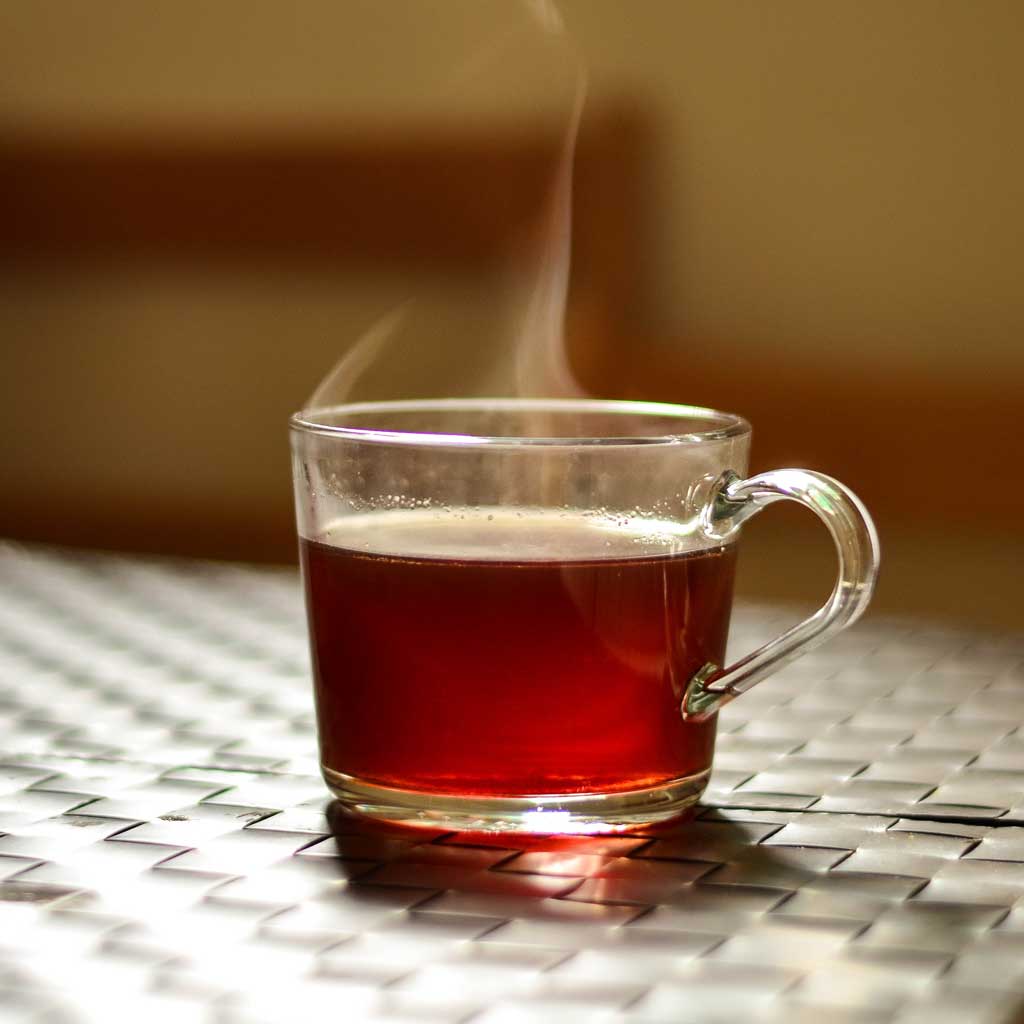
5. Time Your Tea to Perfection
The majority of Jing teas are whole-leaf teas; which means their surface area is small compared to dust-grade teas often drunk at home.
To extract the most flavour from these leaves, Jing recommends a longer infusion time of around three minutes.
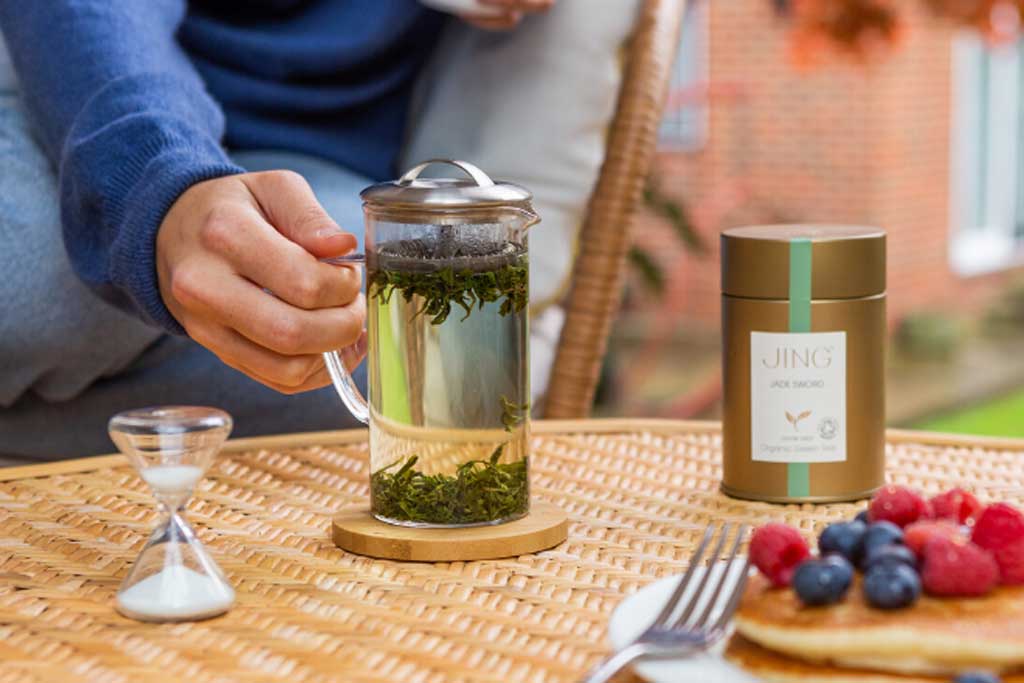
6. Explore!
One of the best things about single garden tea is the huge range of tastes and flavours to explore.
There are thousands of teas globally, so there is a flavour for every season and every mood.
A good place to start exploring is with oolong teas.
If you’re usually a green tea drinker try a light oolong like Ali Shan.
It’ll be more warming, and you’ll get tropical fruit and buttery flavour.
If you’re a black tea drinker, try a darker oolong like Wuyi Oolong, which will still give you warmth, comfort and energy, but with added layers of flavour.
You’ll find dark chocolate, fruit and a moreish minerality – all derived from the craggy mountain sides and rich red soil of the Wuyishan national park where it’s grown.
